Growing number of refugees worldwide

Number of people displaced from their homes: 123.2 million(as of the end of 2024)
73% have fled to neighboring countries
Young people in refugee situations find themselves in unstable circumstances, both legally and in terms of their daily lives. Their future prospects are suddenly cut off, leaving them in a situation where they cannot see what lies ahead. They lose their hopes of learning, growing, and working.
Young people forced to leave their homeland as refugees entrust their shattered hopes for the future to the path to Japan. They aim to deepen their studies of Japanese and specialized fields in Japan, achieve self-reliance, and contribute to society. Refugee students who overcome adversity and carve out new lives in a foreign land show new paths not only to fellow students and future employers, but also to Japanese society as a whole.
The situation in countries admitted by Pathways Japan
Syria The war has persisted for over a decade since 2011, and even after the collapse of the Assad regime in 2024, the unstable political situation has led to a refugee population of 6.1 million. They have fled to neighboring countries such as Turkey, Lebanon, and Jordan, but in each country, their legal status is not guaranteed, leaving them in a precarious situation.
Since childhood, I had always wanted to go to Japan. However, due to the war in Syria, I had to flee to Turkey. After that, discrimination against Syrians began in Turkey, and life grew increasingly difficult day by day. Upon learning about the Pathways Japan program, I applied, hoping to pursue my dream. Arrived in Japan in 2023, Maissam)

Afghanistan Since 2021, political turmoil following the Taliban’s seizure of power has driven 5.8 million people to flee abroad. Particularly, due to Taliban policies restricting women’s rights to higher education and employment, women whose futures have been cut short strongly desire the opportunity to escape abroad.
After the collapse of the previous regime in Afghanistan, women were banned from working and receiving an education. I lost my job and was forced to abandon the master’s program I was pursuing at graduate school. I then decided to participate in the Pathways program to escape the situation in my homeland.(Arrived in Japan in 2022, Vasili)

Ukraine With no end in sight to the humanitarian crisis caused by Russia’s invasion from February 2022, the number of people who have fled abroad has reached 5.1 million.
My life was turned upside down by Russian bombing. At the time, I was studying Japanese at Kyiv University in the capital. My dream was to become a Japanese language teacher. As the war situation changed daily, my anxiety about the future only grew. I agonized over what good my Japanese skills could possibly be. But coming to Japan allowed me to reclaim my dream.(Arrived in Japan in 2022, Lilia)

New solution:
Admission through education and employment (Pathways)
This movement to expand admission through private sector initiatives rather than government programs began in Canada in the 1980s. Since the adoption of the Global Compact on Refugees by the United Nations General Assembly in 2018, it has been recommended as a program to complement government programs. At the Global Refugee Forum held in 2023, a target was set to admit 200,000 refugees annually over the next five years through education and employment. Admission through education and employment not only provides refugees and displaced persons with opportunities to rebuild their lives but also offers host societies the chance to gain new talent as refugees and displaced persons integrate into society and work. This approach creates solutions for both refugees and displaced persons and host societies.
Due to policy changes in countries such as the United States, which have traditionally admitted a certain number of refugees, the path for governments to admit refugees has become much narrower than it was last year. However, a system of Pathways, which enables refugees and displaced persons with knowledge and skills to move to third countries through study abroad and employment and contribute to those countries, is steadily spreading to various countries.

Also, the rate of refugees pursuing higher education is low at 7%. The international community has set a goal of increasing the rate of refugees pursuing higher education to 15% by 2030 at the Global Refugee Forum, and efforts are underway in various countries to achieve this goal.
Pathways Japan’s Approach:
Admitting Refugees and Displaced Persons through Education in Japan
Creating pathways from abroad to Japan, and pathways to the future for young people who have experienced becoming refugees
- Provide education to help students acquire the Japanese language skills necessary for further education and employment in Japan in collaboration with Japanese language schools and universities

- Support students in gaining work experience in Japan while they manage by themselves through part-time jobs during their studies, and provide career support through further education and employment to help them become self-reliance

- Young refugees and displaced persons who have overcome various difficulties and gained diverse experiences and skills can become new “human resources” for Japanese society and contribute to society

Building a model to guide admitted students toward self-reliance, from before their arrival in Japan to further education and employment
We provide comprehensive support to young people who have overcome various difficulties in their home countries to come to Japan, helping them to become independent in Japan. This includes preparation before arrival, setting up a new life, finding part-time work, and support for further education and employment. From FY2024, we expanded our support for further education and employment, building a system to help each student achieve their desired career in Japan.
Pre-arrival orientation
Provid online Japanese language education and information on starting life in Japan
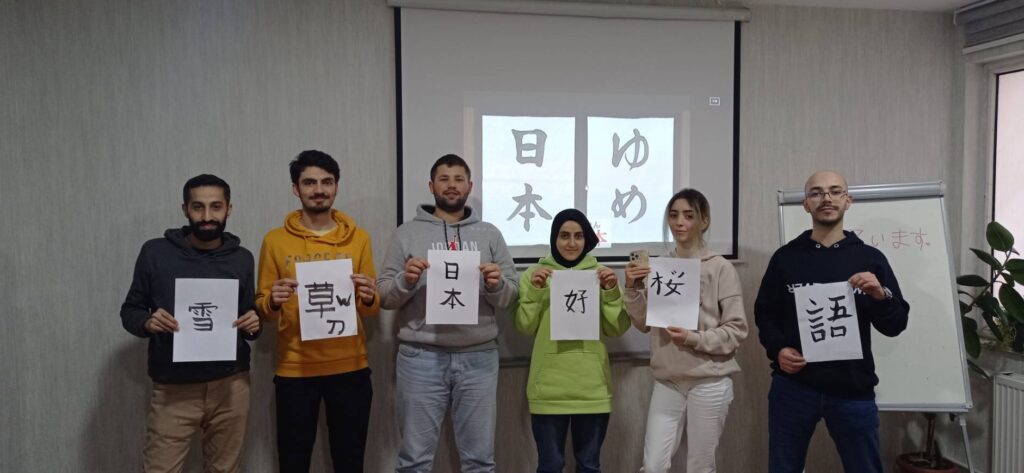
Orientation after arrival in Japan
Providing rich information to help students get started in Japan, including finding part-time jobs, managing household finances, time management, and tips for communicating in Japan. Senior students also serve as instructors. A network of support organizations is also established.
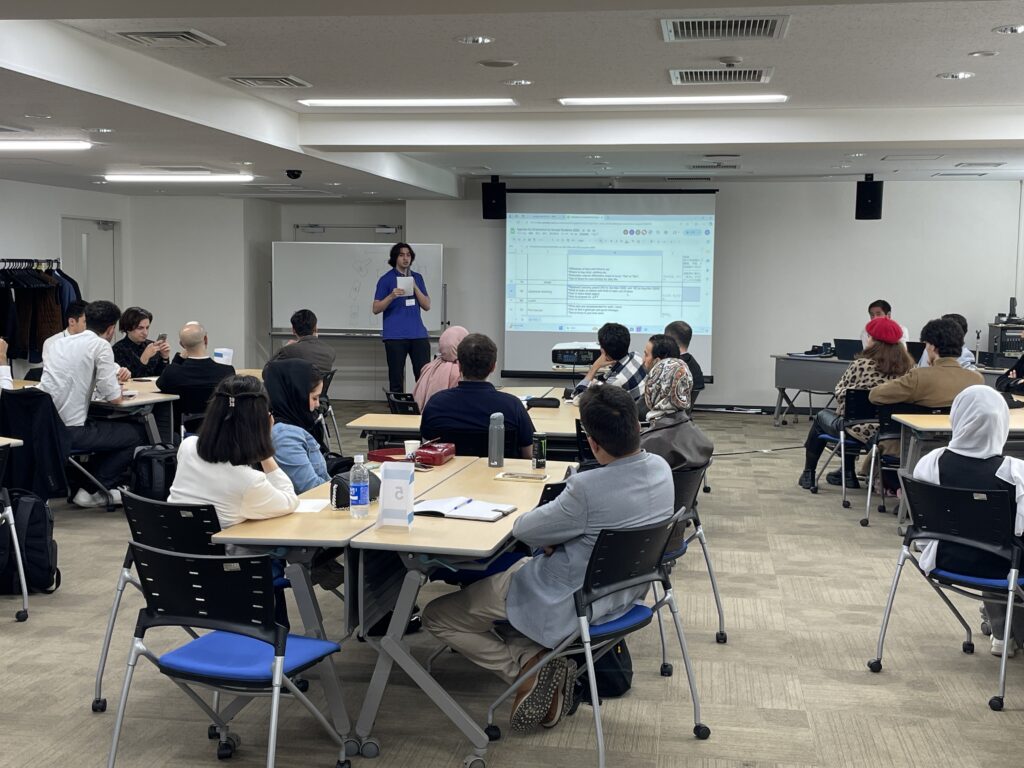
Regular meetings
Support actions toward career realization while understanding the situation of each student
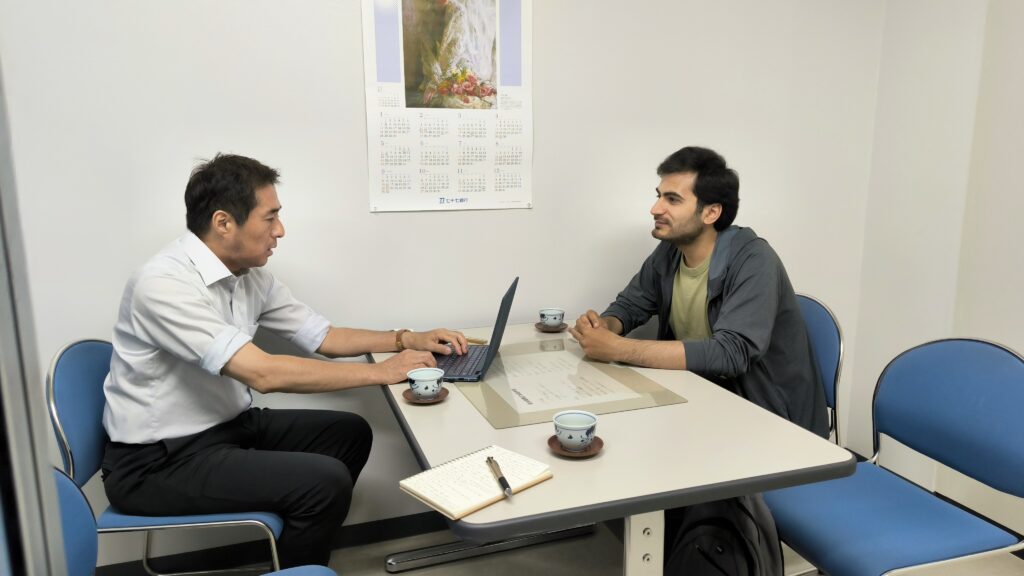
Job hunting support
Hold job hunting information sessions to provide early information about job hunting in Japan and opportunities for self-analysis. After that, through participation in job hunting mentorship and seminars, students clarify their career goals and work toward achieving them.
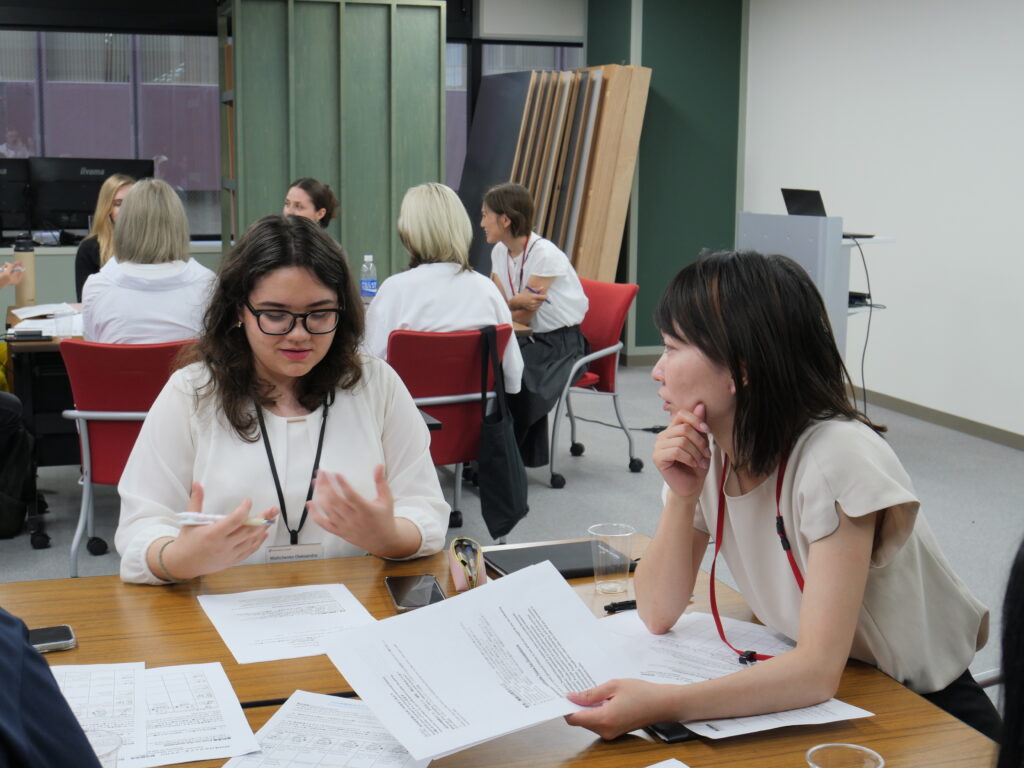
Support for further education
Launch the “PJ Tutor System” to support students preparing for the Examination for Japanese University Admission for International Students (EJU), which is required for admission to undergraduate programs. The system matches college students and working adults who volunteer with students who need support on a one-to-one basis to provide online learning support.
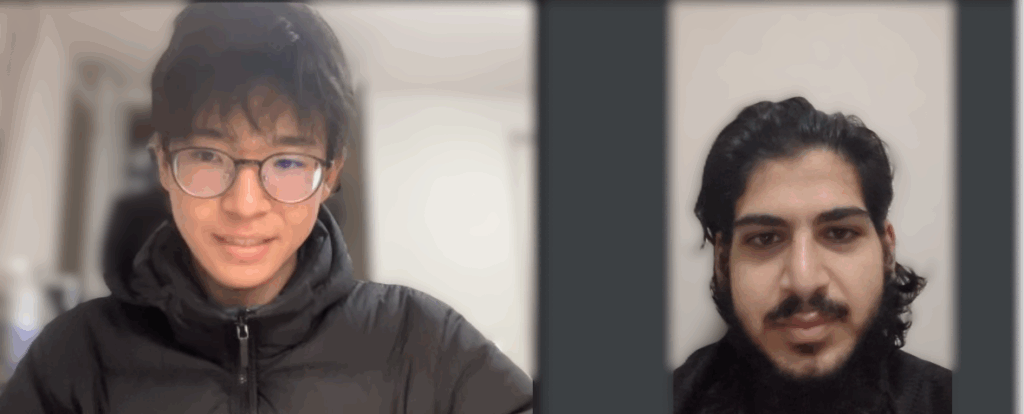
Go on to higher education or find employment, live independently in Japan, and contribute to society
Network building (Reunion Day)
Connect with various students and members of Japanese society who support them, share concerns, and provide support for realizing career paths.
-1024x768.jpg)
Achievements: Education Pathways Expanding in Japan
<The number of admitted youth>
With over 1,000 applicants each year, we are expanding our admissions to provide opportunities to more people who wish to study in Japan.

FY2024:17 persons
FY2025:21 persons
Total 205 persons(including accompanying family members)
<Graduates:113 persons>
Already, about 40% have found employment and are growing into human resources who contribute to society.In the future, students who go on to higher education will find employment and play an active role in Japanese society.

Employed/freelance: 42 persons
Job Hunting: 13 persons
Graduate School: 10 persons
Undergraduate Programs: 13 persons
Non-degree Programs (Research students, etc.): 3 persons
Vocational Schools: 8 persons
Preparing for Higher Education: 3 persons
Other(Relocated to Third Countries/home countries etc.): 21 persons
<Spread in Japanese society>
Admitting refugee and displaced students diversifies the learning environment and provides other students with opportunities to encounter diverse cultures and values. Refugee and displaced students are talented individuals with diverse values and skills who have overcome various difficulties and remain determined to achieve their goals. They also provide companies facing labor shortages with opportunities to encounter new talent.

Host Education institutions
Japanese Language Schools: 22 schools
Vocational schools: 2 schools
Universities: 28 universities

Companies participating in job hunting support: 12 companies
(As of 2025 April)
